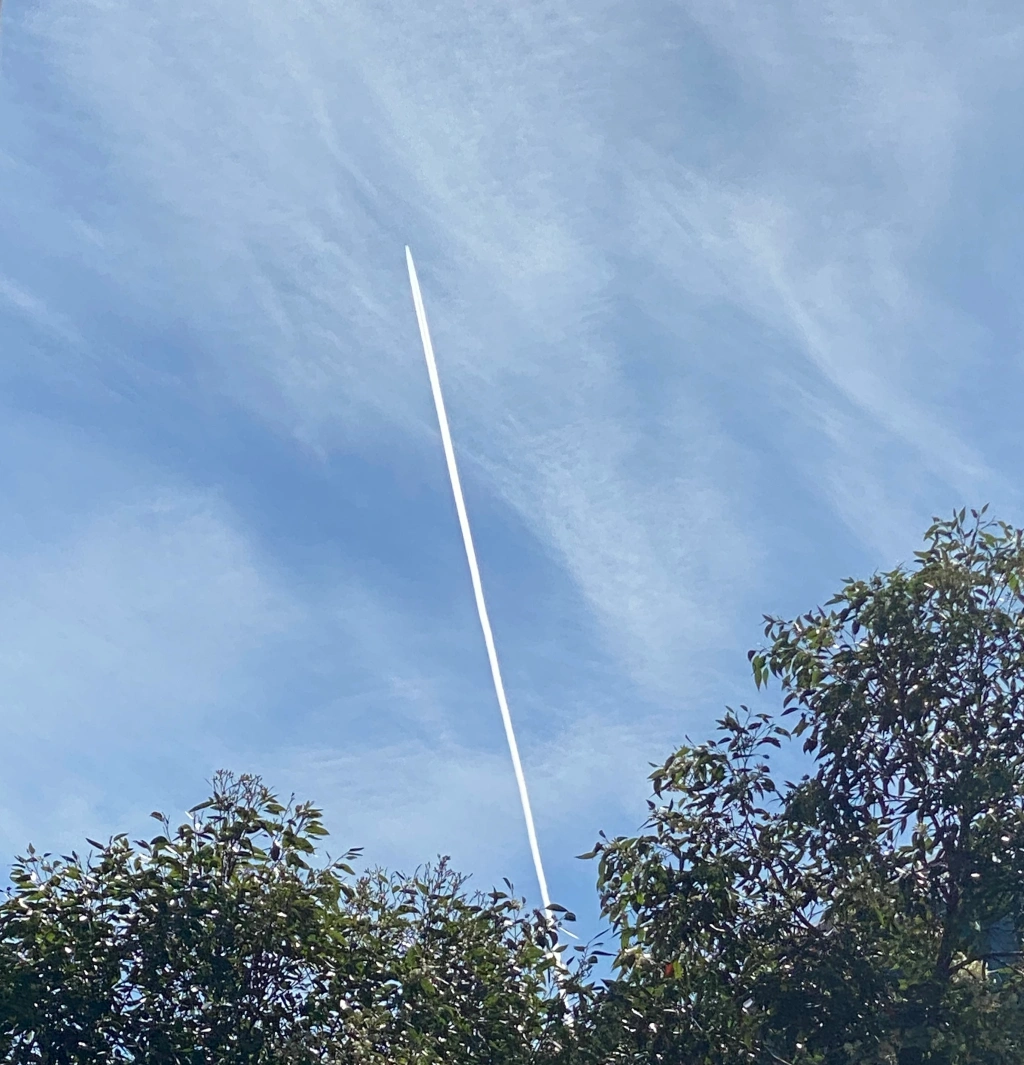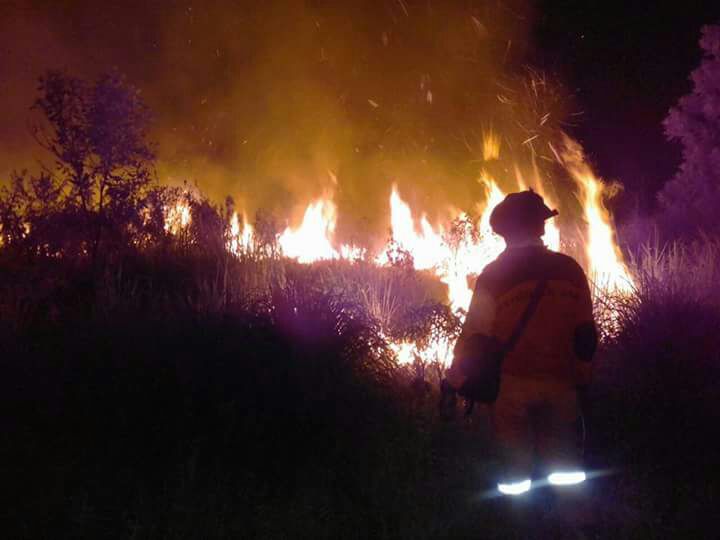94 people are known to have perished as structures collapsed throughout Aceh after a magnitude of 6.5 earthquake shook the province on Wednesday. More are feared dead and, as with all such natural disasters, the full extent of the event will not be known for some time.
Aceh has been troubled by natural disaster, the tragic 2004 Tsunami prominent as the most severe in recent history.
Nusantara and tectonic forces
A complex tectonic division sweeps from the Indian to the Pacific oceans creating an archipelagic complexity, once known as Nusantara. Perhaps the best known, in former times was Krakatau’s cataclysmic eruption, in August 1883. Although modest in magnitude by the standards of Nusantara, or the Dutch East Indies as it was called at the time, it was still massive enough to convince stockmen driving cattle across the Hammersley Range that there was artillery fire to the north west. The explosions were heard in Saigon and Bangkok, Manila and Perth, and at a lonely cattle station south of Darwin called Daly Waters.
In the history of Nusantara, Krakatau’s eruption was small compared with Mt Toba’s eruption 75,000 years earlier.
The six year long volcanic winter and 1000-year-long instant Ice Age that followed Mount Toba’s eruption may have decimated Modern Man’s entire population. Genetic evidence suggests that Human population size fell to about 10,000 adults between 50 and 100 thousand years ago. The survivors from this global catastrophy would have found refuge in isolated tropical pockets, mainly in Equatorial Africa. Populations living in Europe and northern China would have been completely eliminated by the reduction of the summer temperatures by as much as 12 degrees centigrade. Professor Stanley H. Ambrose
Sea levels fell as much as 150 metres so island hopping through the vast archipelago of Nusantara became a comparatively simple event finally enabling human passage further to the south and the east. In those days it was probably possibly to walk between the sites of modern day Merauke, in West Papua, and Darwin in about three weeks.
This was a time of heightened biophysical continuity that is still obvious.
Implications of living on Asia-Pacific Ring of Fire
The 2009 Padang earthquake, The Christchurch earthquake of 2010, the Samoan tsunami and the Japanese earthquake and tsunami of 2011, along with the more recent earthquake activity in New Zealand and Indonesia are all examples of a long standing instability that continues to have an undeniable impact on life in the Asia-Pacific region. Within the region over the past year there have been:
- 6 earthquakes in the past 24 hours
- 36 earthquakes in the past 7 days
- 149 earthquakes in the past 30 days
- 1,732 earthquakes in the past 365 days
Such recurring events underscore regional connections and the continuity.




Leave a comment